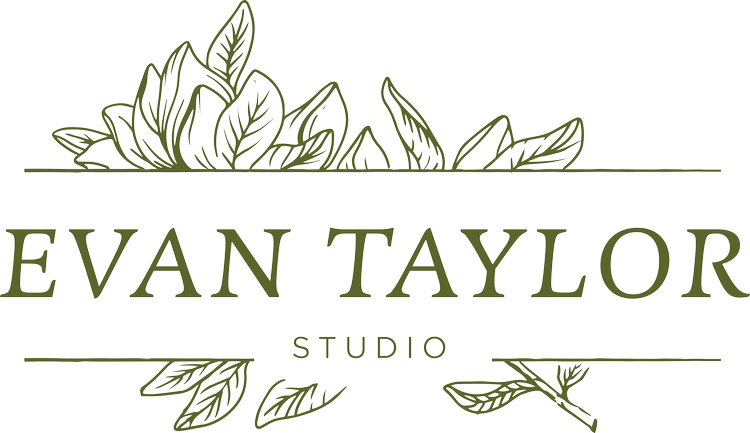Whether or not you view photography as a genre of art, creating photography has closely connected me to fine artists as I build relationships with them and document their work, artistic process and day-to-day life. Artfully telling someone else’s story though photography is a gratifying experience, especially when the project is long term.
As I visited Michelle Radford’s studio over the course of a few months, I was able to informally interview her while she created, understanding more of the geist of her creative work and conceptual growth.
For the gear heads: GFX50s | 63 2.8 | Rokkor 45 2 | Pentax 50 1.7
E: How did you become an artist? What influences and experiences led you to this career/pursuit?
M: I don’t remember a time when I wasn’t drawing, painting, or saving trash and making things out of it. The creative impulse has always been very strong. I enjoyed then, and do now, both the process of making the art, as well as the resulting objects.
E: Do you remember your first creative act that mattered to you?
M: I remember making a diorama of my dad’s office when I was in 3rd or 4th grade. I remember embroidering flowers on a pillow I made, making friendship bracelets out of string, and putting together a crazy quilt. I see all these different kinds of creative acts in my childhood resurfacing today
E: What is your biggest motivator to choose creative acts in this season?
M: Curiosity drives me much of the time. Once i learn a technique or process, I’m ready to find the next medium or application. I look for new combinations and new challenges to push myself against the edge of what i currently know and understand. I want to learn new techniques and skills instead of remaining. Most of what I make has been resting in the back of my mind for many years, and I'm curious about whether I can pull it off.
E: What single ethical consideration most impacts your artistic decisions?
M: I want those who view and buy my work to see the best work I can make right now. I want them to experience a work of art that was made through curiosity and honesty and an investment of care. I want those who collect my work to have a handmade, cared for object. We have enough poorly and quickly made objects in the world. Craftsmanship is a value that I take seriously, and I believe that the care I put into my work will continue to give value back to the collector for lifetimes over.
E: What keeps you company in the studio space you work in?
M: I work best when I'm not interrupted. My best work happens when I'm in the zone, which means I have to set alarms or I lose track of time. I listen to music mostly, but there are times when I can listen to podcasts or audiobooks once a project is underway. At the beginning I sometimes have to have silence. Making art takes a lot of concentration for me, so I do tend to focus in pretty sharply rather than allowing a lot of distractions in. I don't always have long stretches of this kind of focused time, but I don't make my best work when I'm trying to split my attention in different directions.
E: Do you have a physical place you return to for inspiration and artistic “recharge”?
M: Spending time in nature is restorative and makes me want to paint. Seeing really wonderfully made, challenging art also makes me want to get back to the studio.
E: Reflecting back to the beginning of your career, what advice had great impact on your work today?
M: I think observing artists I respect has had more of an impact on my work than any verbal advice. The artists I admire most are driven by curiosity and their own learning. They put the actual artwork first rather than trying to construct an identity or brand first. The work of making art is at the center of their practice rather than the hamster wheel of social media or trends. There are lots of ways to approach a studio practice, but one that places artwork first is the most interesting to me and seems to lead to the art I admire most.



























